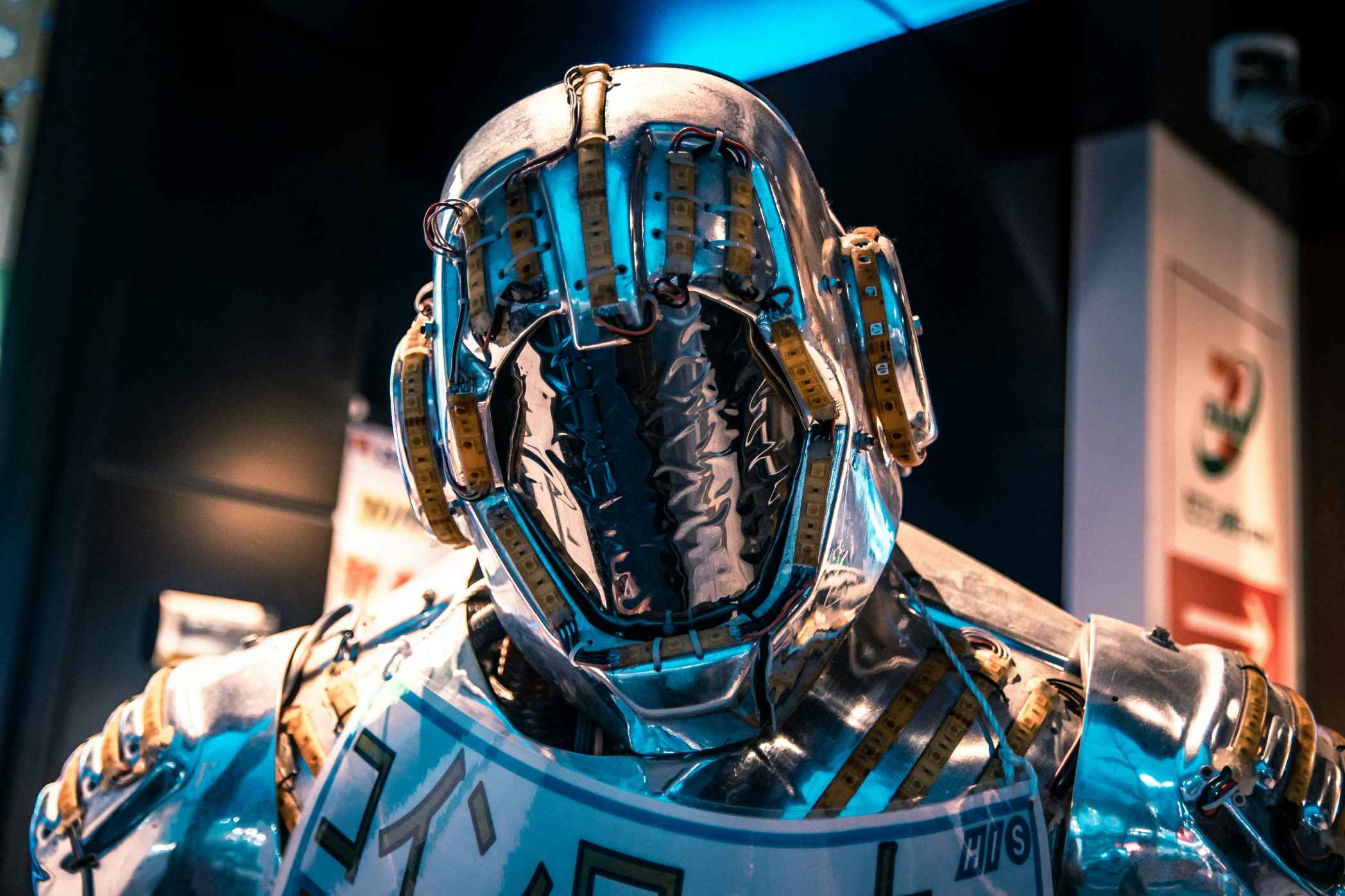How to Get Started as a Web3 NFT Marketplace Developer
A guide for developers on building a career in the NFT space. Learn the key skills needed to build NFT marketplaces, from smart contract standards to frontend integration.

The explosion of Non-Fungible Tokens (NFTs) has created a massive demand for developers who can build the platforms and marketplaces where these unique digital assets are created, traded, and showcased. A career as an NFT Marketplace Developer is a path that combines smart contract engineering, full-stack web development, and an understanding of the creator economy.
This guide will break down the essential skills and project roadmap for a developer looking to specialize in the NFT space.
The NFT Developer's Tech Stack
Building an NFT marketplace requires a full-stack skill set, bridging on-chain and off-chain components.
On-Chain (Smart Contracts):
- Solidity: A deep understanding of Solidity, the primary language for Ethereum and EVM-compatible chains, is essential.
- NFT Standards: You must be an expert in the key token standards:
- ERC-721: The standard for unique, one-of-a-kind NFTs.
- ERC-1155: A multi-token standard that can represent both fungible and non-fungible tokens in a single contract, often used for gaming items.
- Marketplace Logic: You need to be able to write the smart contracts that handle the core marketplace logic, such as listing an NFT for sale, making an offer, and executing a sale. This involves securely handling the transfer of both the NFT and the payment (e.g., ETH or an ERC-20 token).
Off-Chain (Frontend & Backend):
- React/Next.js: The industry standard for building the user-facing part of the marketplace.
- Ethers.js / Viem: JavaScript libraries used to interact with the blockchain from the frontend, such as connecting a user's wallet and prompting them to sign transactions.
- Data Indexing: Reading NFT data directly from the blockchain is inefficient. You'll need to use an indexing solution to provide a fast and reliable API for your frontend.
- Third-Party APIs: Services like Reservoir, SimpleHash, or Alchemy's NFT API provide comprehensive data for most NFT collections.
- The Graph: For custom data needs, you may need to build your own "subgraph" to index your marketplace's specific events. Learn more in our guide to The Graph.
Your Portfolio Project Roadmap
- Build Your Own NFT Collection: Start by creating and deploying your own simple ERC-721 contract. This is the "Hello, World!" for NFT developers.
- Build a Minting Site: Create a simple React frontend that allows users to connect their wallet and "mint" an NFT from your collection contract.
- Build a Basic Marketplace: This is your capstone project.
- Write a marketplace smart contract with
list,buy, andcancelListingfunctions. - Build a frontend that allows users to see all the NFTs listed for sale from your collection.
- Implement the functionality for a user to buy an NFT. This will involve the user approving the marketplace contract to spend their ERC-20 tokens, and then calling the
buyfunction.
- Write a marketplace smart contract with
A career as an NFT Marketplace Developer is an opportunity to work at the intersection of technology, art, and culture. By mastering the key on-chain and off-chain technologies, you can build the platforms that will power the future of the creator economy.
Frequently Asked Questions
1. What does an NFT Marketplace Developer do?
An NFT Marketplace Developer is a full-stack Web3 engineer who builds the platforms for creating and trading NFTs. This involves writing the smart contracts for the marketplace logic and building the user-facing frontend.
2. What are the essential technical skills for this role?
On the backend, you need expertise in Solidity and the ERC-721 and ERC-1155 NFT standards. On the frontend, you need mastery of React/Next.js and Web3 libraries like Ethers.js or Viem.
3. What is a "subgraph" and why is it important for NFT marketplaces?
Reading NFT ownership and metadata directly from the blockchain is very slow. A subgraph, built using The Graph protocol, is an indexed and queryable dataset that provides a fast and efficient API for the marketplace's frontend.
4. What is a good portfolio project to become an NFT developer?
The classic portfolio path is to first build your own NFT collection and a simple minting site. Then, as a capstone project, build your own basic NFT marketplace contract and a frontend to interact with it.
5. What are the career opportunities in the NFT space beyond development?
The NFT ecosystem has a wide range of jobs. Our guide to NFT jobs covers roles like Community Manager, Artist, Marketing Lead, and Game Economy Designer, all of which are critical to the success of an NFT project.



